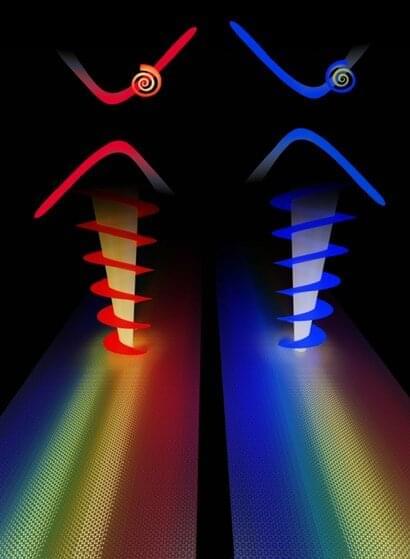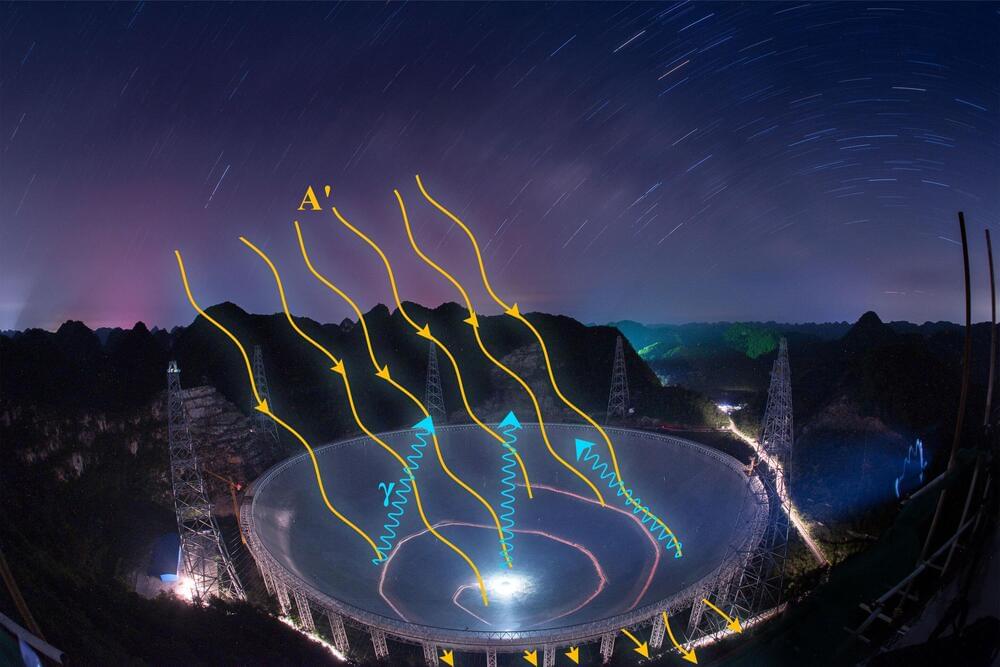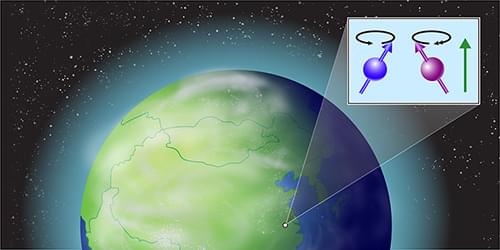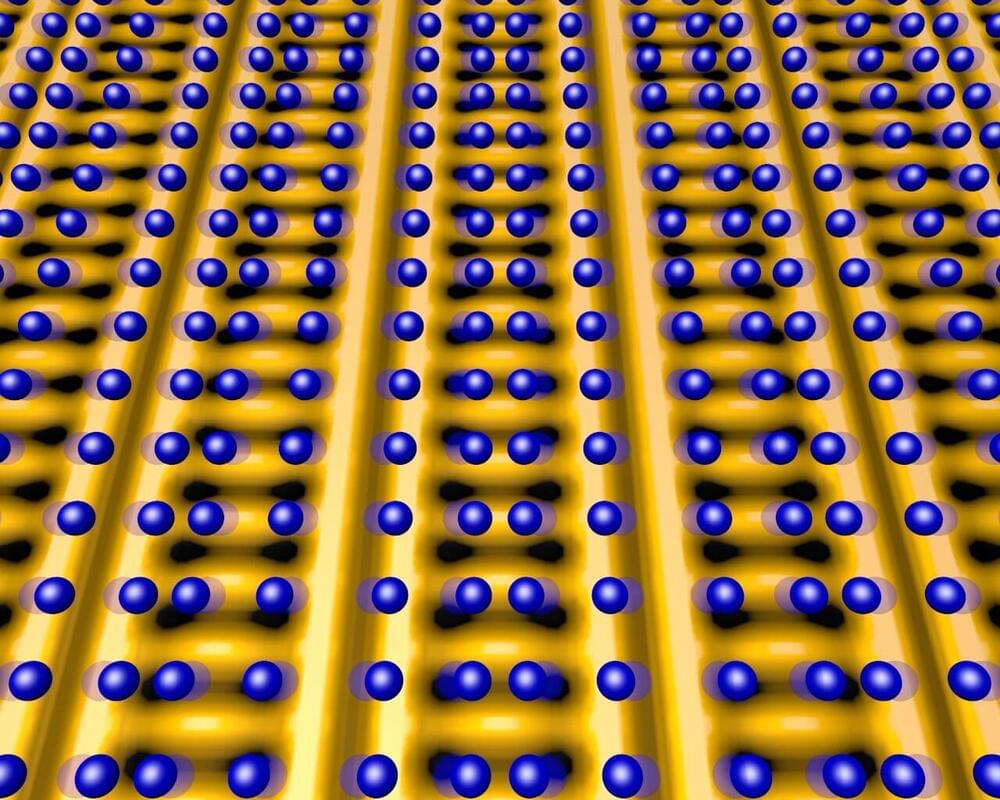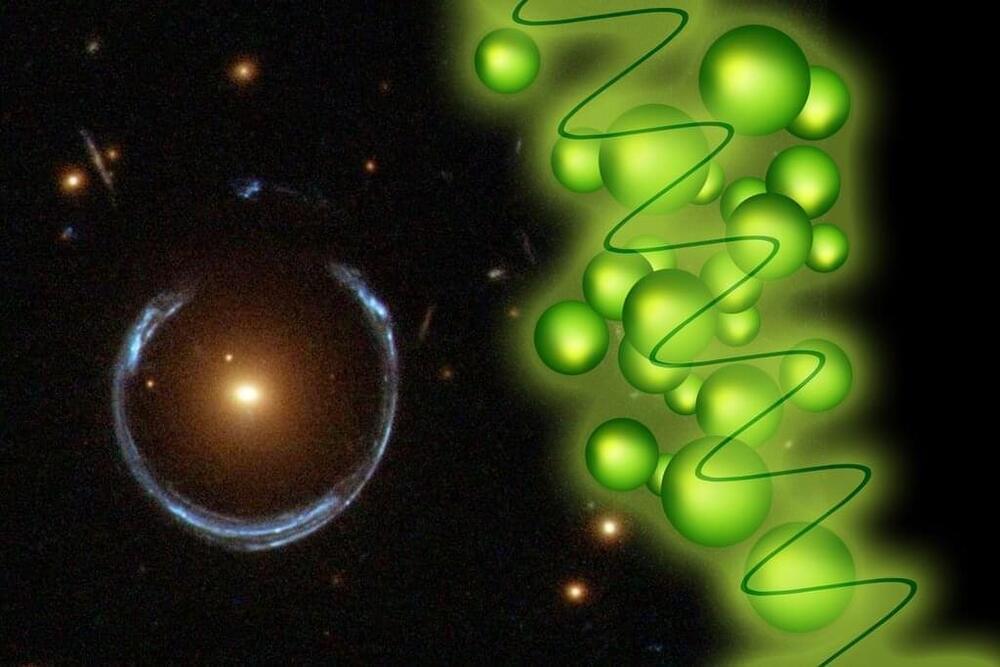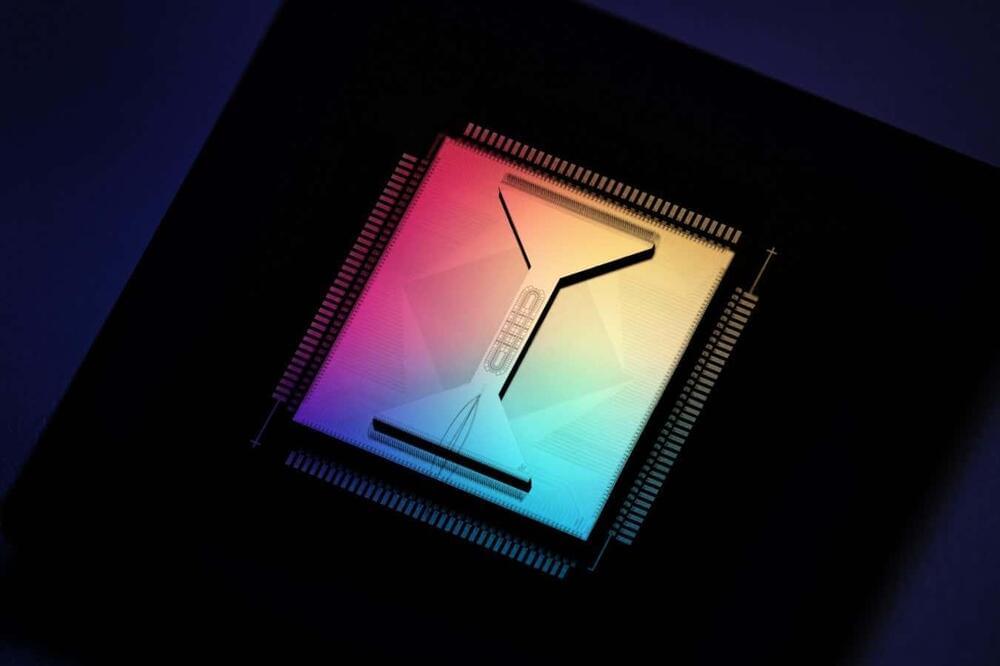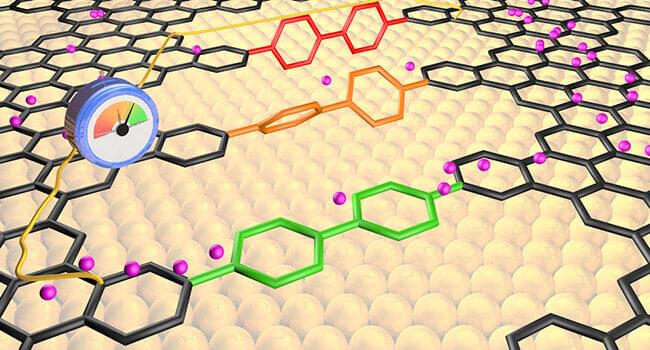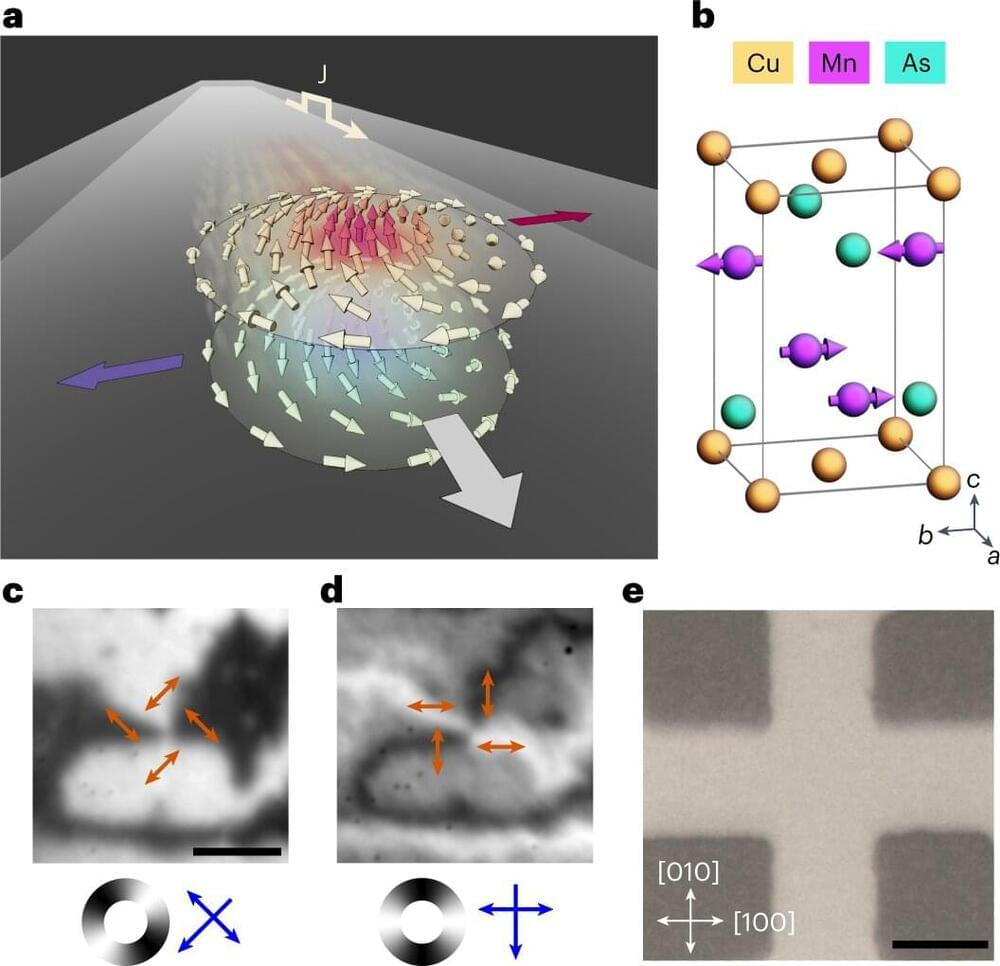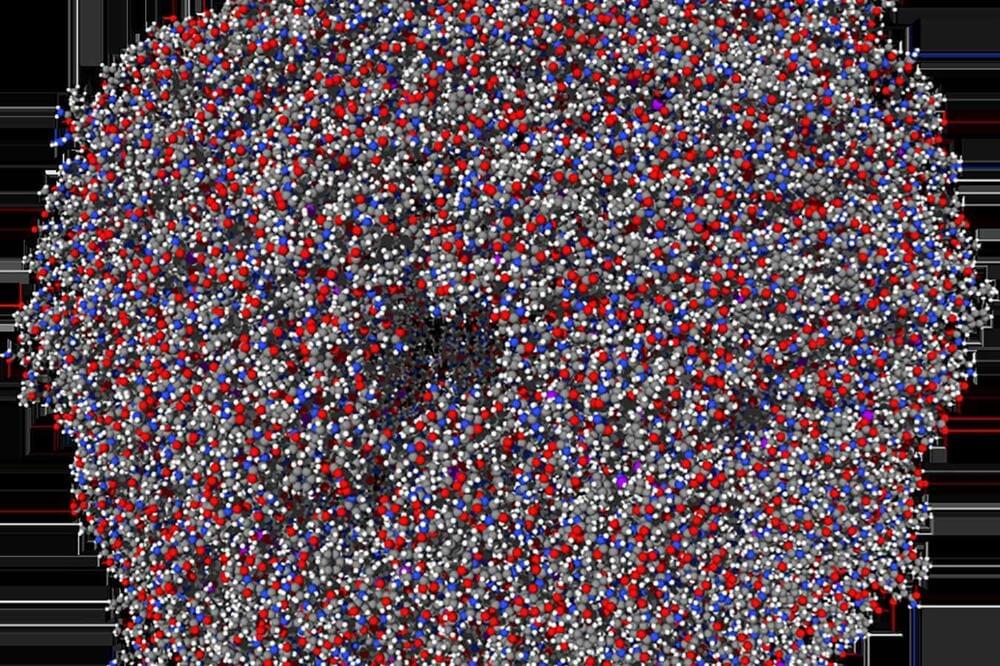May 19, 2023
Researchers discover new self-assembled crystal structures
Posted by Paul Battista in categories: computing, particle physics
Using a targeted computational approach, researchers in the Department of Materials Science and Engineering at Cornell University have found more than 20 new self-assembled crystal structures, none of which had been observed previously.
The research, published in the journal ACS Nano under the title “Targeted Discovery of Low-Coordinated Crystal Structures via Tunable Particle Interactions,” is authored by Ph.D. student Hillary Pan and her advisor Julia Dshemuchadse, assistant professor of materials science and engineering.
“Essentially we were trying to figure out what kinds of new crystal structure configurations we can self-assemble in simulation,” Pan said. “The most exciting thing was that we found new structures that weren’t previously listed in any crystal structure database; these particles are actually assembling into something that nobody had ever seen before.”

